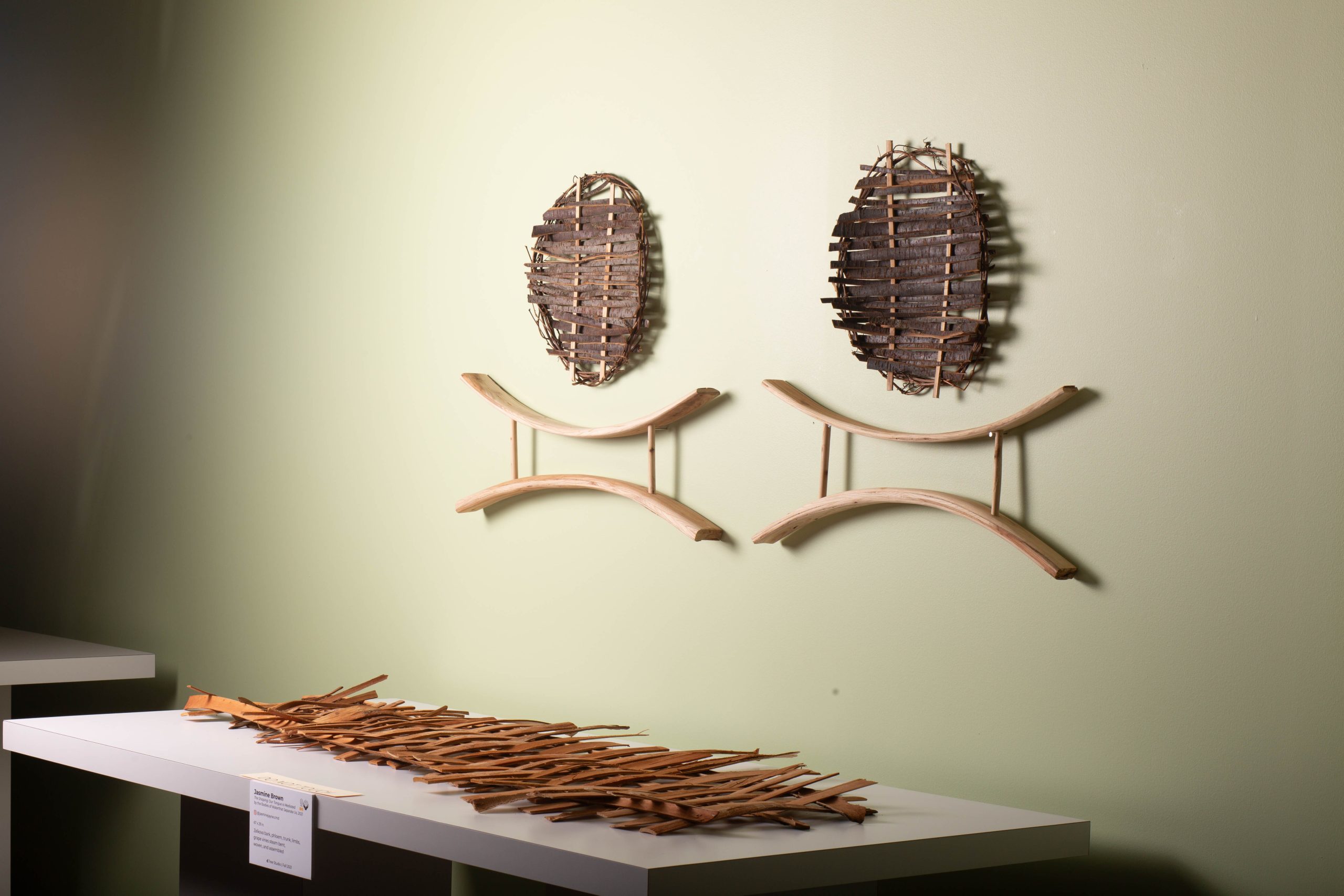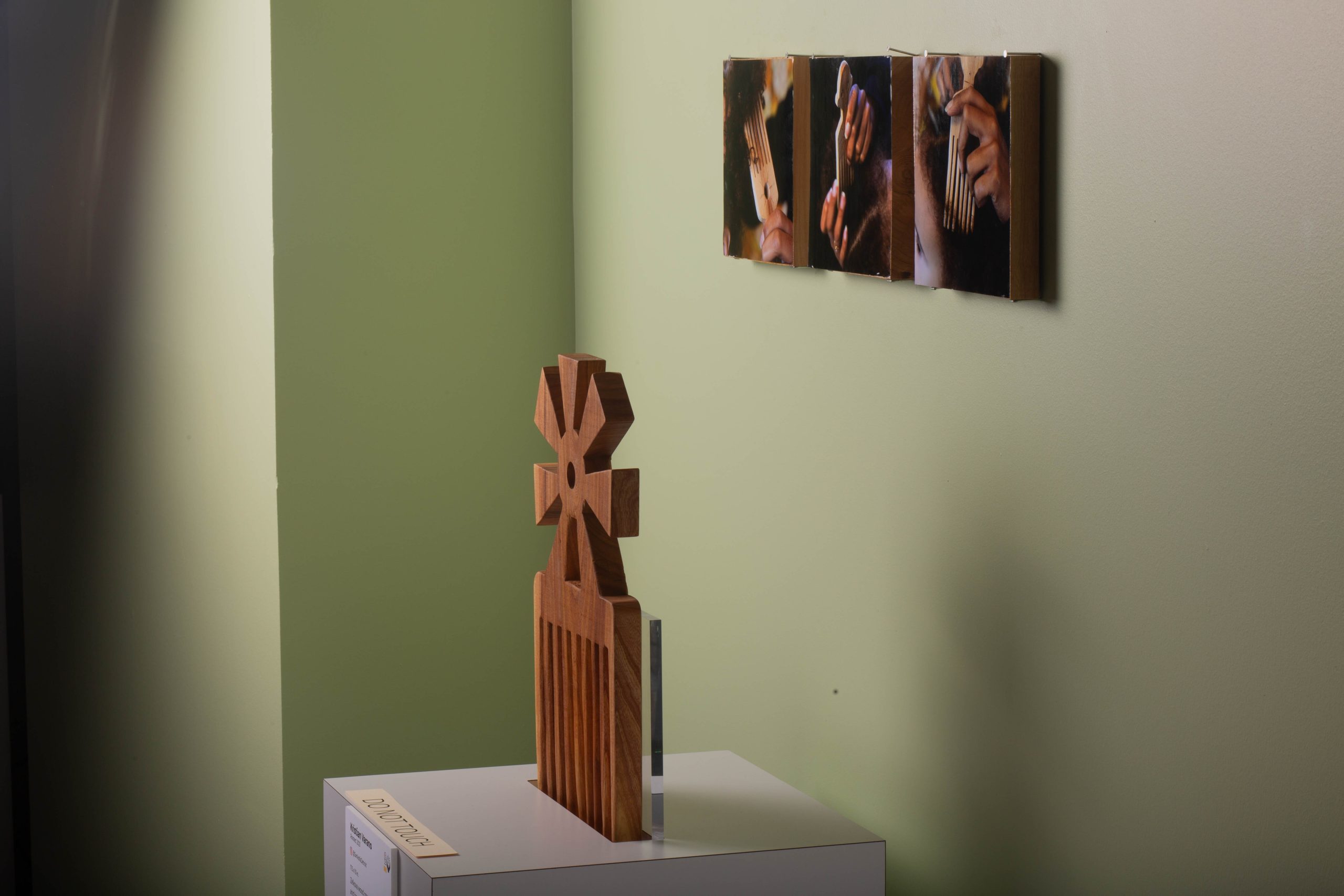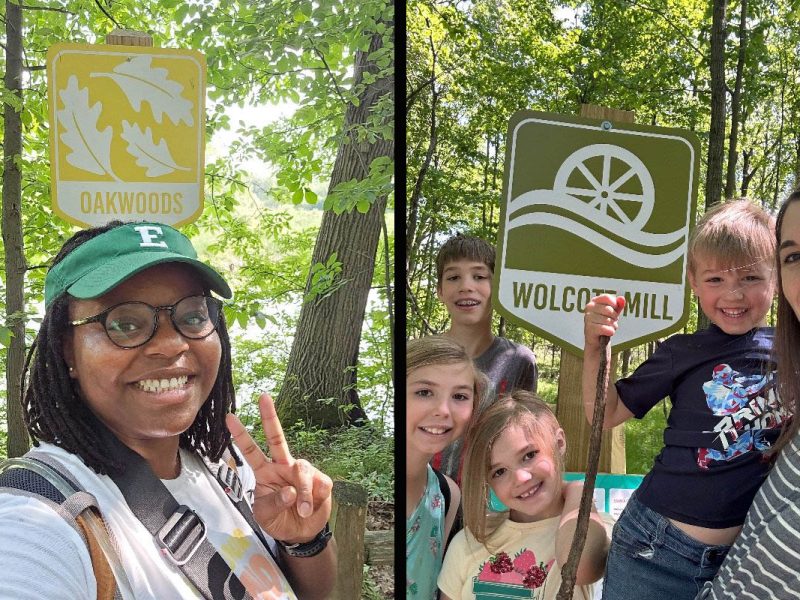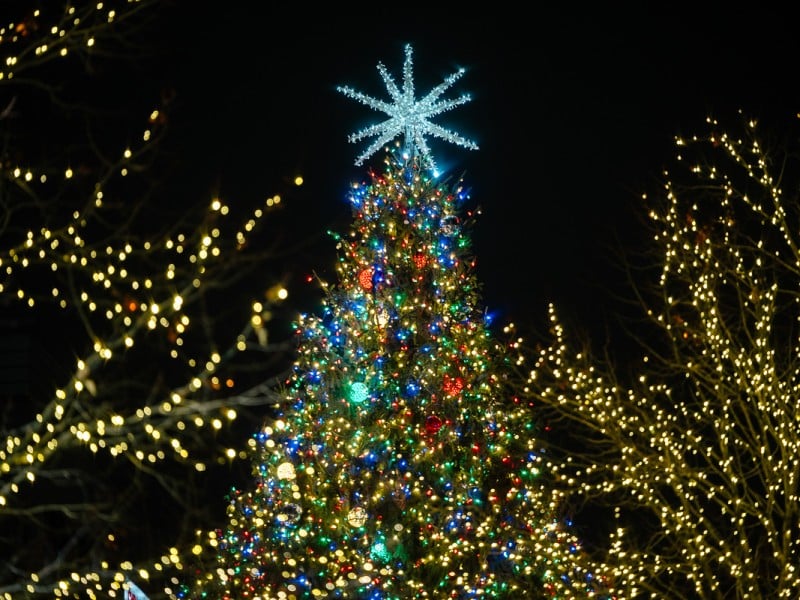How d.Tree Studio turned dying trees into a Detroit story
The d.Tree Studio (a collaboration between the Charles H. Wright Museum and the College for Creative Studies) was the answer to the museum’s concerning questions around its dying trees.
In 2018, three Zelkova trees at the Charles H. Wright Museum of African American History were dying. Had the museum trashed the trees, it would have gone against its zero-waste promise while eliminating what some consider a connection to the African American stories they represent.
“At that point, we reached out to our neighbor, the College for Creative Studies to help find a way to extend the life of these trees,” Chief Sustainability Officer at The Wright Museum Leslie Tom says. “We believe our Detroit trees have something to teach us about respecting the wisdom of people, place, and history as well as our relationship with trees in the future.”
Over the next three years, the Wright and CCS created the d.Tree Studio — a 15-week curriculum where CCS students and alumni designed art pieces using wood from the dying trees.
“A lot of it was learning how to work with the tools [and] learning how to work the wood in those first couple of weeks,” Detroit artist and CCS alumnus Kristian Varano says. “Once we all kind of got our projects hammered out, it was really just go time.”
From then on, Varano says most of the artists’ course time was spent working in CCS’s woodshop. Still, artists had chances to listen to guest speakers and learn more about oral tradition, environmentalism, social justice, learning to take wisdom from the trees, and more.
“One of the big takeaways was just that trees have an immense power,” Varano says. “A lot of us don’t realize it, but they do so much for us physically. They provide clean air for us, they can provide fruits, nuts, things that could nourish us. So it became this whole conversation about tree equity and how places like Detroit would absolutely benefit from an abundance of trees because they would create a little cleaner, happier environment for us.”
Plus, as color and materials designer Jasmine Brown says, trees offer knowledge to humans from how they can communicate to other trees about coming diseases, send nutrients to other trees, or use their fallen leaves to keep their roots warm.
Aside from the benefits Varano and Brown mentioned, people living in neighborhoods with adequate tree canopies and tree equity — a way to gauge the benefits of tree canopies across socioeconomic areas — are associated with better health. Benefits include lower obesity rates and to a lesser extent, lower rates of high blood pressure, Type 2 diabetes, and asthma, according to the National Library of Medicine.
Other benefits of high levels of tree equity include cooling areas, lowering costs caused by stormwater runoff, increased energy savings, and increased property values.
While the class offered artists opportunities to learn new skills and experience using a new medium, the wisdom offered by the trees throughout the class was also reflected in experiences in Detroit.
A symbol of experiences in Detroit
Zelkova trees are native to Asia, not Africa or the United States, which Brown says is why the trees properly represent the African American experience in Detroit.
“[The trees are] a transplant,” Brown says. “So you have that connection with people coming through Detroit with the Great Migration and all those transplants.”
The Great Migration was one of the largest movements of people in the United State’s history, according to the National Archives. Occurring from the 1910s through the 1970s, it saw approximately six million Black Americans attempt to escape racism and racial violence in the South by moving to midwestern and northern cities like Detroit.
Still, racism persisted in the North and led to practices like redlining, a major reason Detroit struggles with tree equity today. Redlining was the practice of outlining areas on maps in red that contained a large number of residents of color. It was used to deny services to and warn investors against investing in Black communities.
Redlined communities have less tree canopy cover than other communities on average. According to American Forests, redlined neighborhoods in Detroit include Brush Park with 10% canopy cover, Airport Sub at 3%, and Brewster Homes at 14%. American Forests lists coverage goals for these neighborhoods as 40% and 50%.
While redlining was officially outlawed in 1968, its negative wealth, health, and other effects still impact communities today. In fact, historical redlining is linked to higher risks of diabetes, asthma, and heat-related issues. These risk levels are lower in areas with sufficient tree equity, and higher among Black communities.
Valuing material cultures
The trees and their connections also provided opportunities to learn about material cultures — another class priority.
Brown says African material cultures focus on respecting objects in the same way one would respect other people. One example Brown mentions is that Western grammar typically does not personify objects as many indigenous cultures would.
“[Western society gives] people [the pronoun] ‘who’ rather than [the pronoun] ‘what,’” Brown says. “A lot of indigenous cultures give vegetation and trees and rocks the same appreciation of identifying them as individuals and not [as] “what.”
This concept reminds Brown of her experience studying in West Africa, where she encountered a “nothing goes to waste” approach, whether it was in regards to animal consumption or recycling used goods.
Varano studied in Zimbabwe in 2016 and says one of her most memorable experiences occurred while walking through one of the country’s poorer neighborhoods.
The group Varano was in compared the walk to some areas in Detroit neighborhoods. However, unlike Detroit, Varano remembers “an abundance of avocado trees” growing throughout the area where people could pick several at a time as they walked to their destination.
“I’m also a classroom teacher, so I’m very much in tune to that there are kids [in the U.S.] who are super hungry,” Varano says. “There are also kids who do bring lunches, but they’re trash and there are no healthy things in their lunch at all.”
Varano says developing something similar in Detroit would be a “game changer.”
Learning about this mentality, Brown says, sparked conversations with guest speakers that led to each artist gaining different insights to incorporate in their own ways. For Brown, it was giving “more acknowledgment and being respectful” to the wood she worked with.
“It was all about hearing and understanding the material,” Brown says. “[The wood and I] did not speak the same language, but it was about understanding the communication through sound.”
As Brown crafted her piece, she says she listened to the wood — crackling meant the wood was too dry and needed moisture to prevent snapping. She also made sure to use every piece of the tree available to her, allowing the trees’ new form to reflect African material cultures and the Wright Museum’s zero-waste initiative.
“I think it’s really important now to put that spotlight on the tree,” Varano says. “Because that is […] at the end of the day, the big conversation should be about.”








